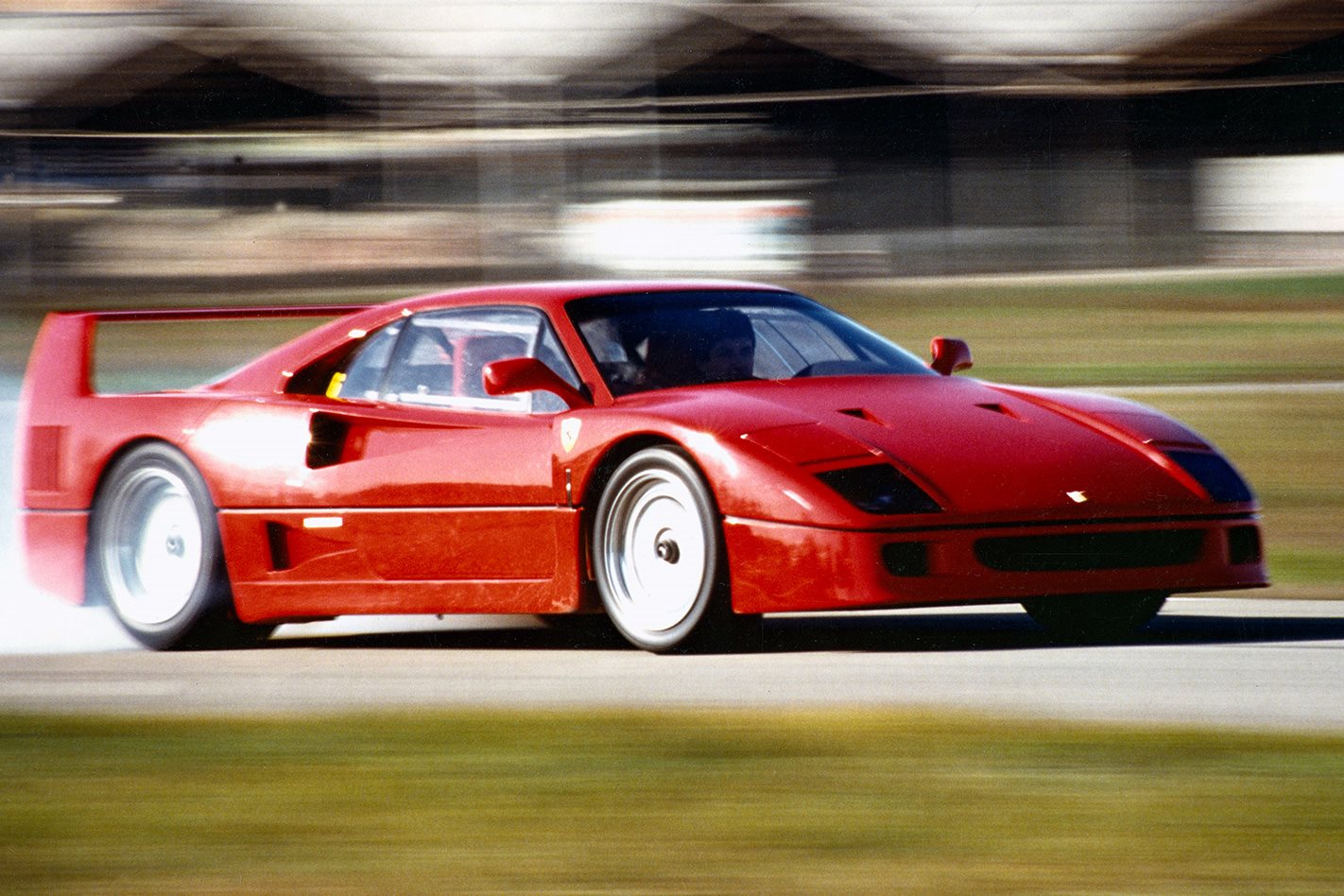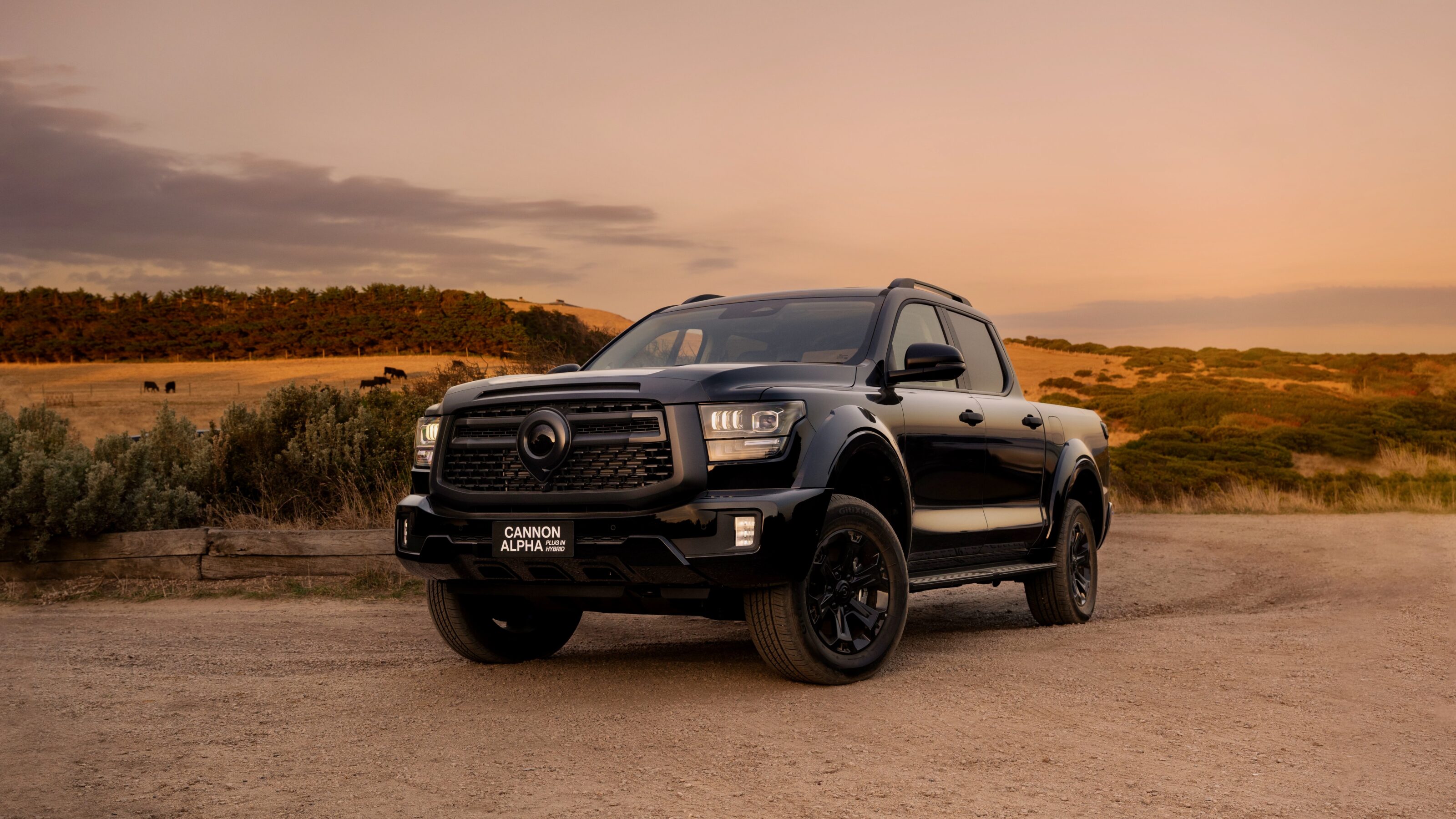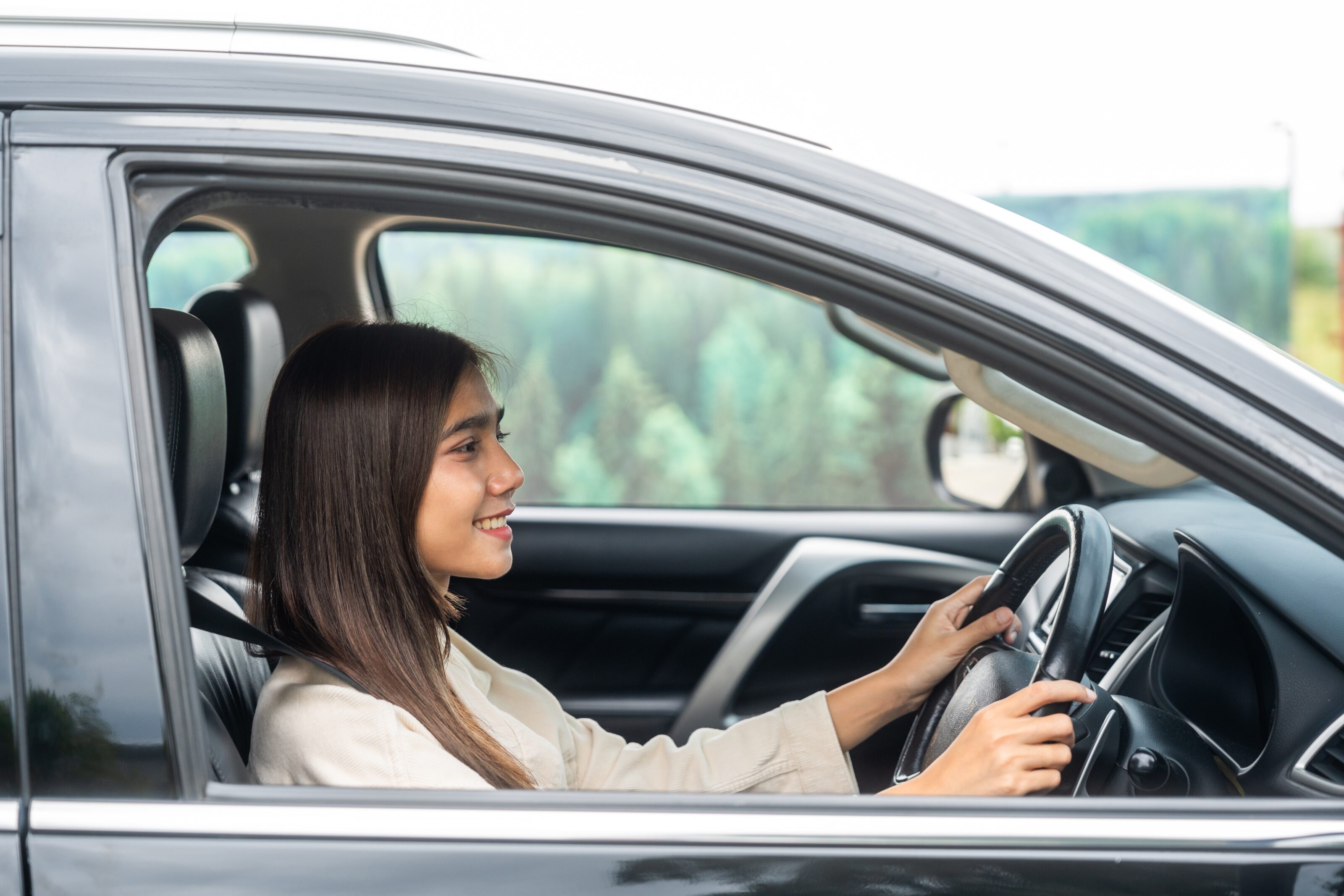Happy birthday to the Ferrari F40, in many eyes the greatest supercar ever built.
To commemorate the occasion, Ferrari has released a number of images of the original presentation, an epic Ferrari Club of Germany gathering in 1992 and celebrity owners at Fiorano, including Sylvester Stallone and Pink Floyd drummer Nick Mason.
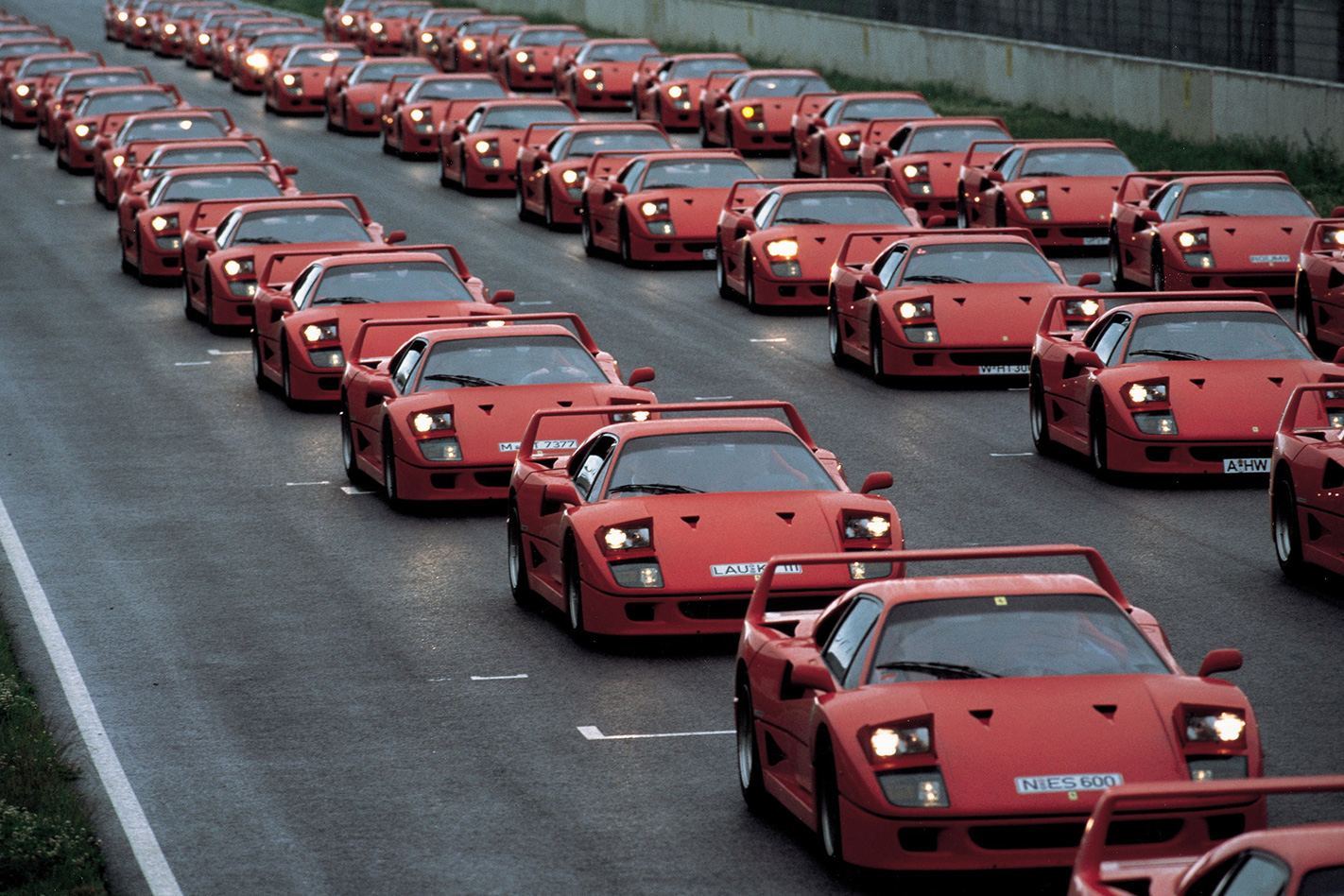
To compete, Ferrari took the choice bits from its ultra-rare 288 GTO – like the 959 built for the stillborn Group B racing regulations – and massaged them into an ultra-powerful road racer. Freed from the need to comply with a racing rulebook, Ferrari expanded the twin-turbo V8 from 2855 to 2936cc with masses of boost resulting in 352kW/577Nm.
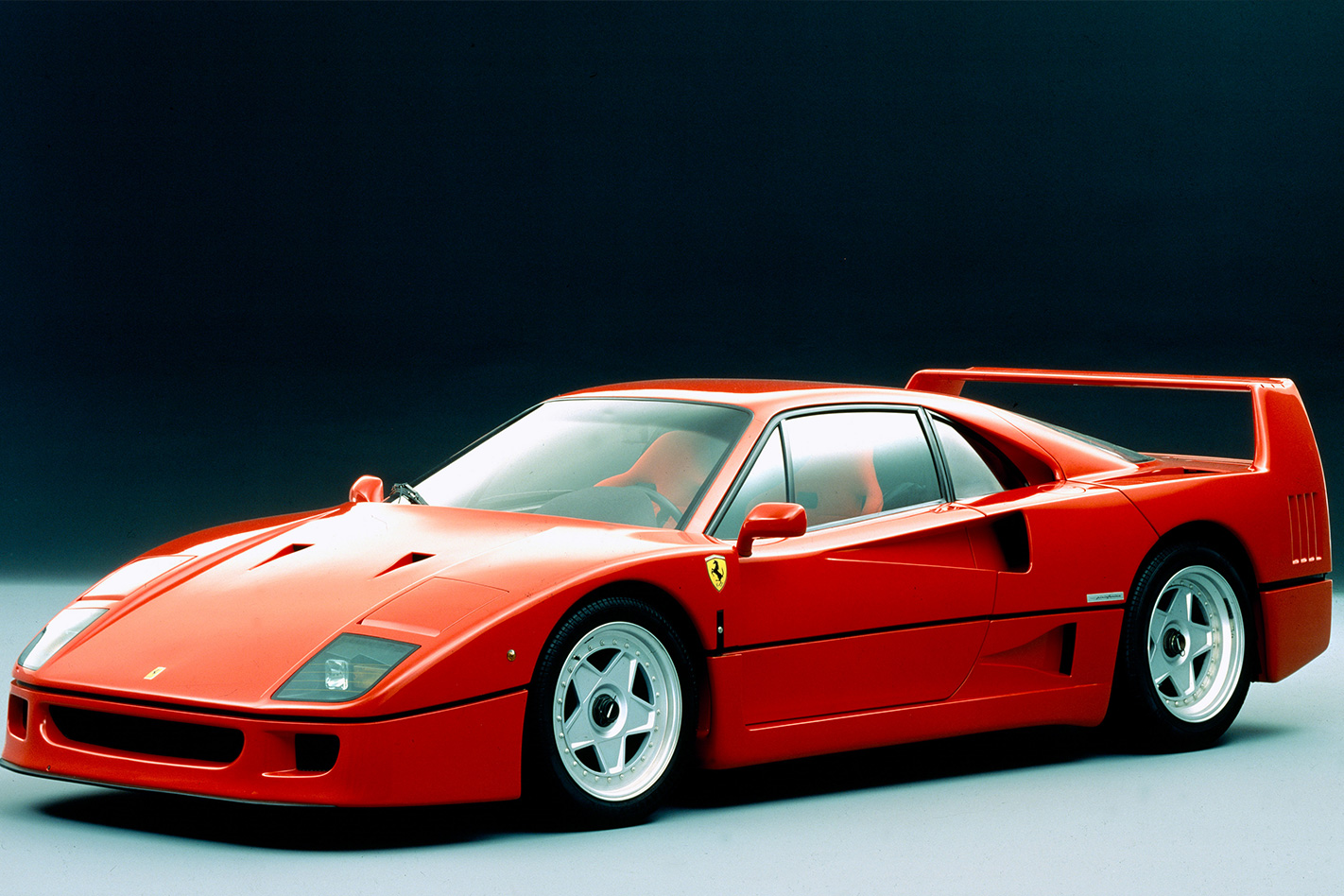
Unlike the heavily computerised Porsche, the F40 was almost crude in its simplicity with no electronic driver aids at all – it didn’t even have power-assisted brakes. Combined with its all-or-nothing power delivery the car could be a real handful. Ferrari initially planned to build 400 F40s; it ended up making more than 1300, though less than half are believed to survive.

A decade ago an F40 could have been snapped up for around $700,000; today you’ll need at least double that. One positive of the car’s age is that it now qualifies for historic registration in Australia, which means if you’re lucky you might see one cruising the streets on a sunny weekend.


